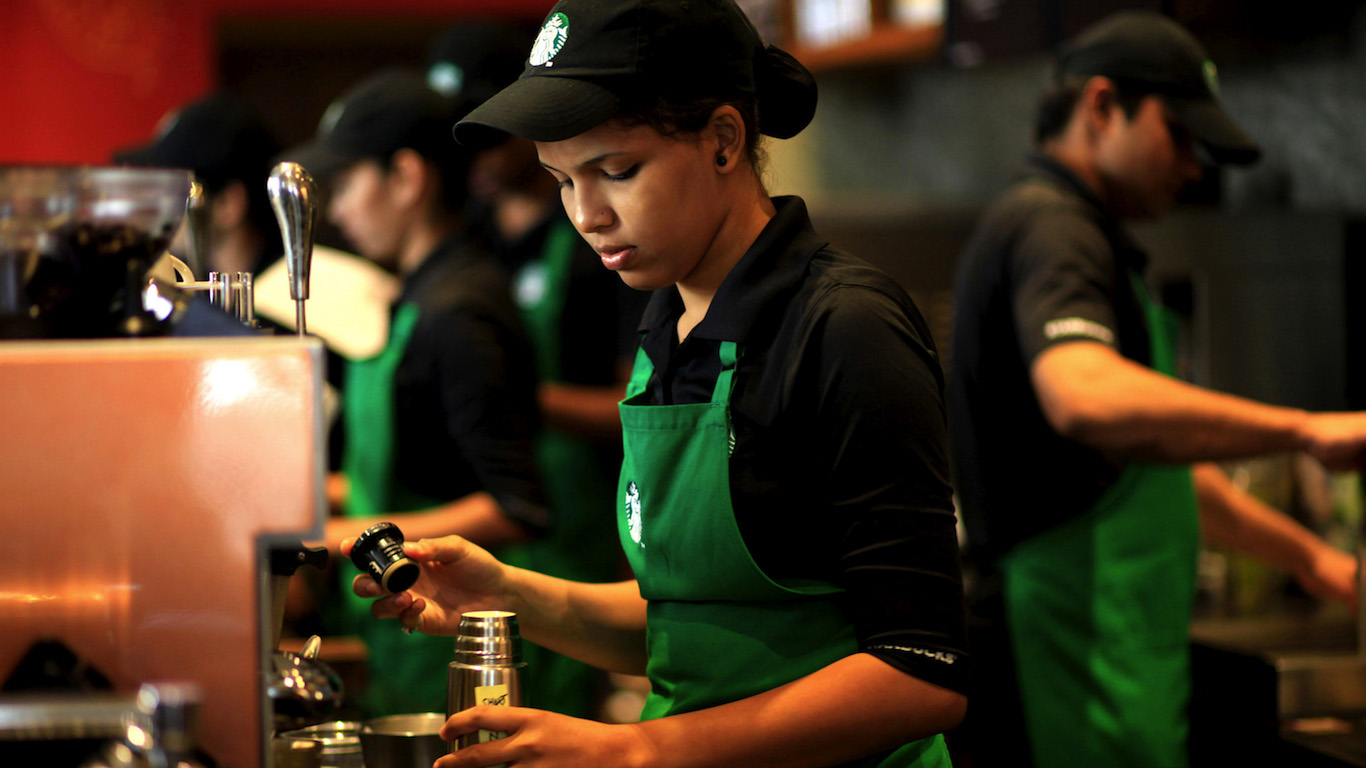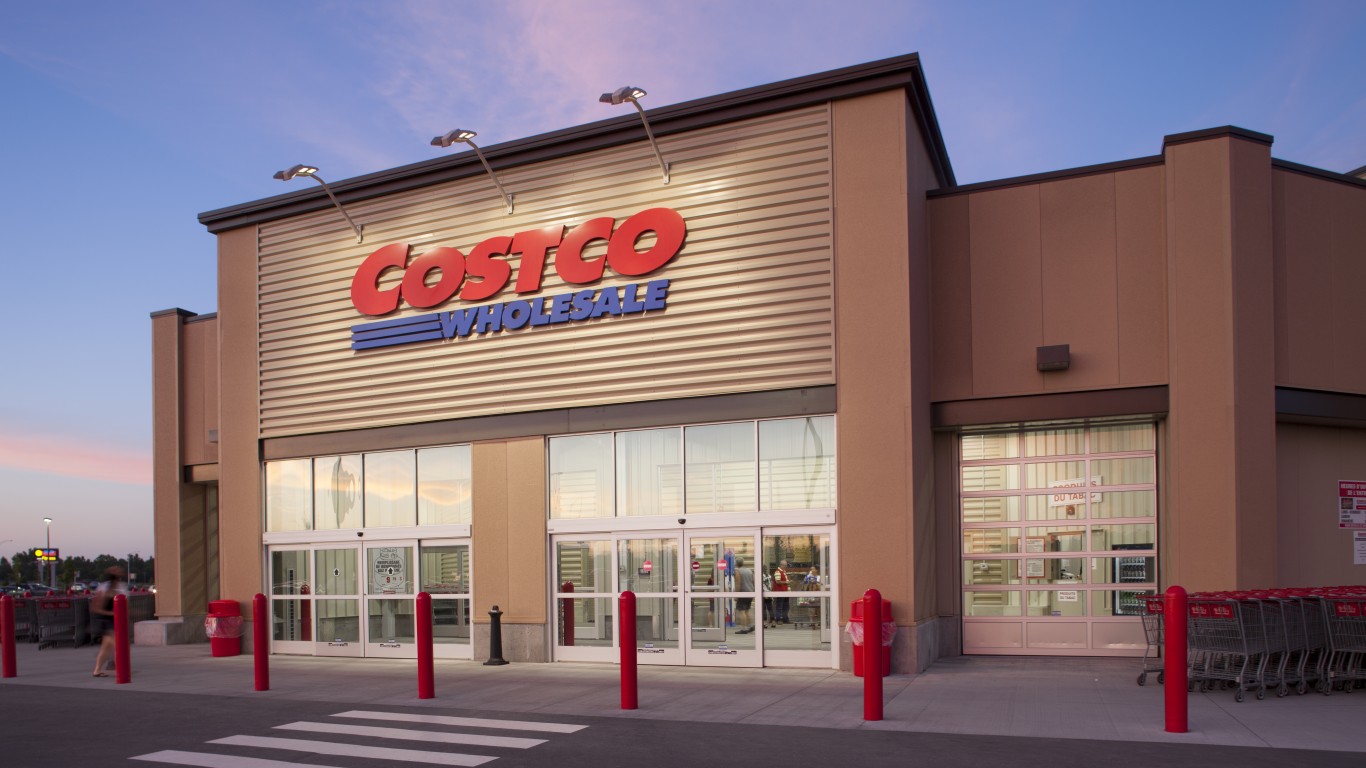
A three-day strike hit Starbucks at over 100 of its stores. The number of locations is trivial. Starbucks has almost 16,000 locations in the United States. But labor unions often start small and grow quickly. Starbucks faces a hurdle that will be a problem in the coming years, unless it can treat its poorly paid store employees well enough to end their labor actions.
[in-text-ad]
The labor dispute has become very public. Starbucks unions have filed complaints with the National Labor Relations Board. Starbucks management says unions have not bargained in good faith. Everything about the tension indicates workers will not back down.
The union wants Starbucks workers to have better wages and benefits. The coffee shop company has a minimum wage for many new employees as low as $15. It is widely accepted that this is not a living wage. Starbucks counts on this low pay to pad its earnings. Some of that earnings power may go away if unions are successful.
Starbucks has the money to pay its workers more. In its past year, Starbucks had revenue of $23.4 billion, up 14% year over year. Operating income rose 5% to $4.5 billion.
There is more at stake than Starbucks earnings. Its stock has fallen 15% this year. Shares of rival McDonald’s are flat. Unionization will become an issue with investors if the Starbucks bottom line in the United States falters.
After an extraordinary financial run that has lasted for over a decade, its workers could badly harm that.
It’s Your Money, Your Future—Own It (sponsor)
Retirement can be daunting, but it doesn’t need to be.
Imagine having an expert in your corner to help you with your financial goals. Someone to help you determine if you’re ahead, behind, or right on track. With SmartAsset, that’s not just a dream—it’s reality. This free tool connects you with pre-screened financial advisors who work in your best interests. It’s quick, it’s easy, so take the leap today and start planning smarter!
Don’t waste another minute; get started right here and help your retirement dreams become a retirement reality.
Thank you for reading! Have some feedback for us?
Contact the 24/7 Wall St. editorial team.
 24/7 Wall St.
24/7 Wall St.

